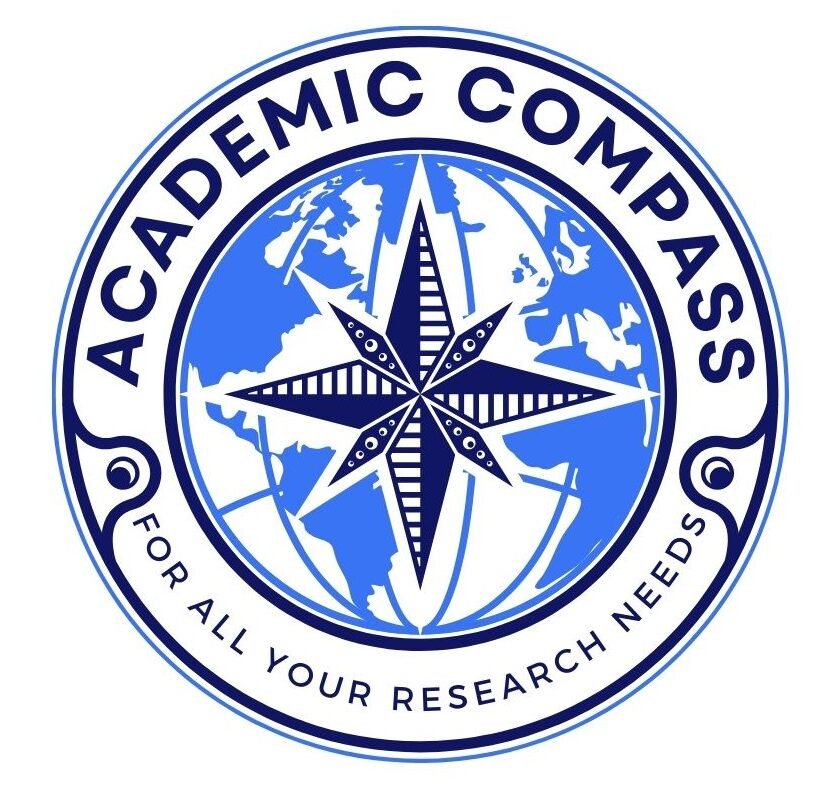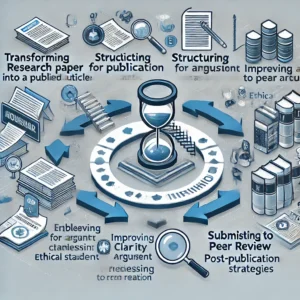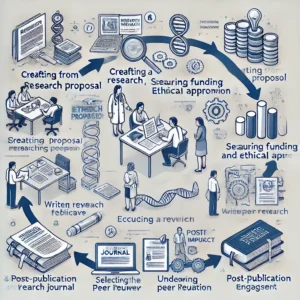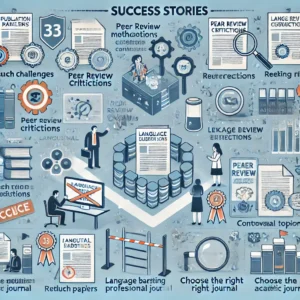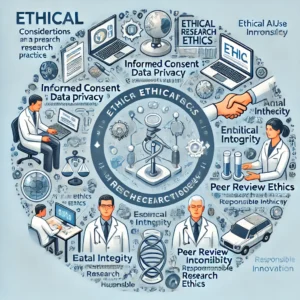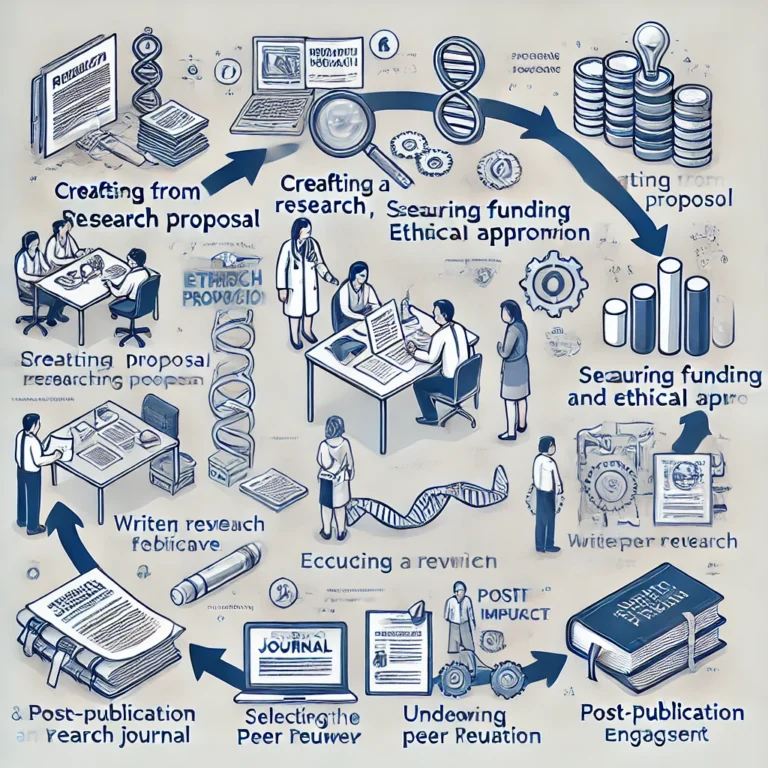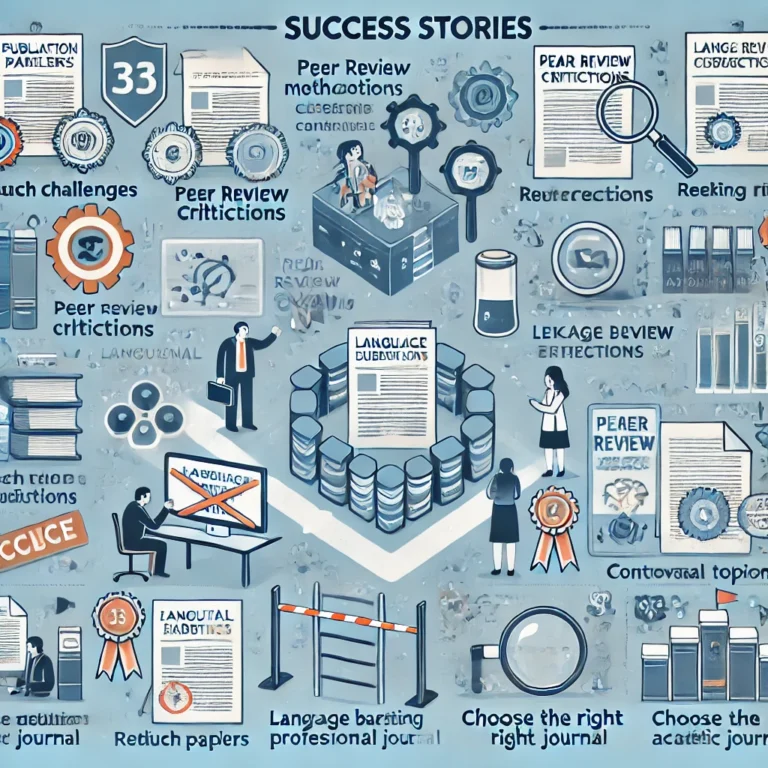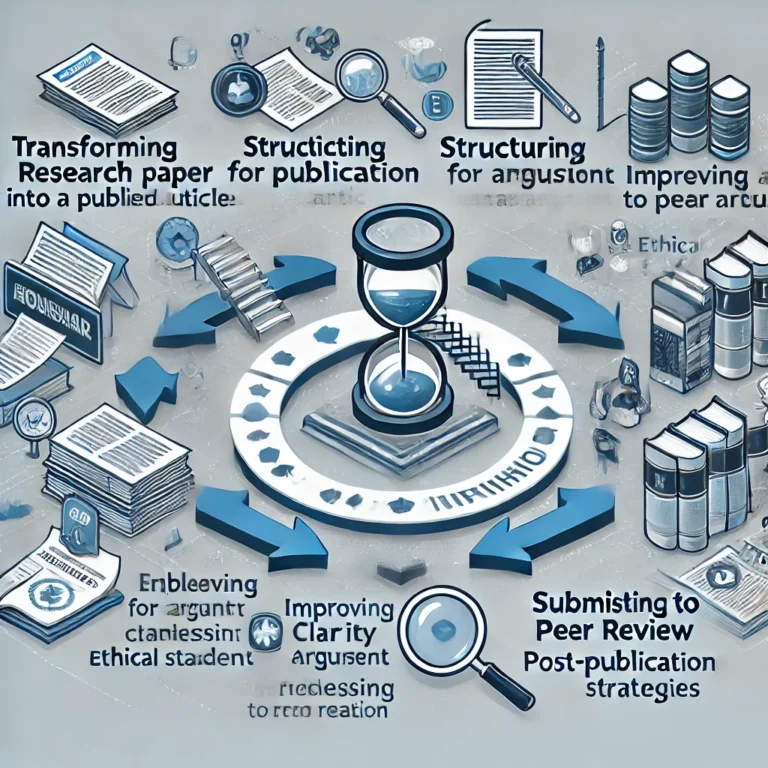In the world of academic research, the significance of scholarly contributions is often measured using citation indexes and impact factors. These metrics help assess the reach, quality, and influence of research publications, aiding researchers, institutions, and funding bodies in making informed decisions. However, understanding how these metrics work—and their limitations—is essential for their responsible use.
Citation Indexes: Tracking Research Influence
What Are Citation Indexes?
Citation indexes are databases that track how often academic papers are cited by other research articles. These indexes provide insights into the influence and connectivity of research within a particular field. The most widely used citation indexes include:
- Web of Science (WoS) – Maintained by Clarivate, this index covers high-impact journals across multiple disciplines.
- Scopus – A database managed by Elsevier that offers extensive citation tracking and analytics.
- Google Scholar – A freely accessible citation database that includes a broader range of sources, including conference papers and preprints.
Why Are Citation Indexes Important?
- They help measure the academic reach of research.
- They provide insights into collaboration and knowledge dissemination.
- They assist in ranking researchers, journals, and institutions.
Impact Factors: Evaluating Journal Influence
What Is an Impact Factor?
The Impact Factor (IF) is a metric that evaluates the average number of citations received per article published in a specific journal over a given period. It is calculated using the formula: Impact Factor=Citations in a given year to articles published in the previous two yearsTotal number of articles published in those two years\text{Impact Factor} = \frac{\text{Citations in a given year to articles published in the previous two years}}{\text{Total number of articles published in those two years}}Impact Factor=Total number of articles published in those two yearsCitations in a given year to articles published in the previous two years
This metric is primarily used to rank journals and is published annually in the Journal Citation Reports (JCR).
Other Journal Metrics
While the Impact Factor is widely recognized, several alternative metrics provide a more comprehensive assessment of journal influence:
- h-index – A measure of both the productivity and impact of a researcher or journal.
- Eigenfactor Score – Considers the origin of citations, giving more weight to influential journals.
- SCImago Journal Rank (SJR) – Based on Scopus data, this metric accounts for the prestige of citing journals.
- Source Normalized Impact per Paper (SNIP) – Adjusts for differences in citation practices across disciplines.
Limitations and Ethical Considerations
While citation indexes and impact factors provide valuable insights, they have notable limitations:
- Disciplinary Bias – Some fields, such as humanities and social sciences, receive fewer citations, leading to lower impact factors.
- Self-Citation and Citation Cartels – Some researchers and journals engage in self-citation to artificially boost their metrics.
- Short-Term Focus – Impact factors rely on a two-year citation window, which may not reflect the long-term significance of research.
- Access and Inclusion Issues – Open-access journals and research from non-Western countries may not be equally represented in citation indexes.
Conclusion
Citation indexes and impact factors are powerful tools for evaluating research influence, but they should be used with caution. A well-rounded assessment of academic contributions should consider multiple metrics and qualitative factors. As the research landscape evolves, new indicators and responsible citation practices will continue to shape how scholarly impact is measured.
Would you like any additional insights, such as a comparison of these metrics or recommendations for researchers?
